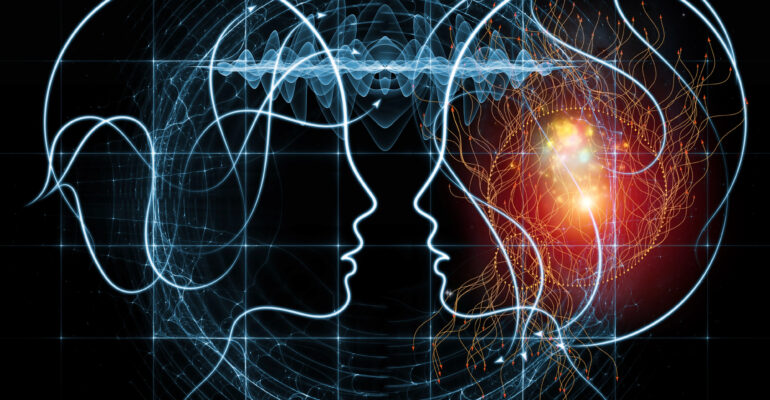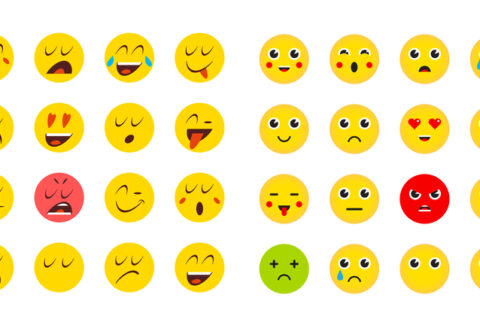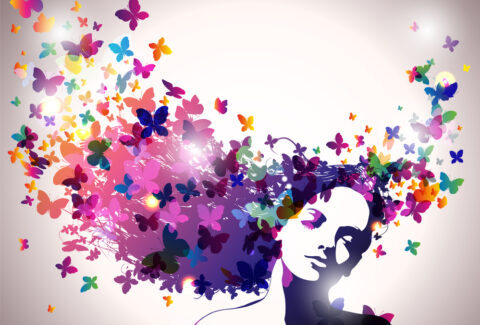Mirror Neurons: The Brain’s Empathy Engine and Their Role in Social Cognition
Introduction
The discovery of mirror neurons has been one of the most exciting and controversial developments in neuroscience over the past few decades. First identified in the 1990s by a group of Italian researchers led by Giacomo Rizzolatti[1], these neurons have been proposed to play a critical role in a variety of complex human behaviors, including empathy, imitation, and language development. Despite ongoing debate regarding their exact functions, mirror neurons continue to capture the interest of scientists and laypeople alike, offering insights into the very nature of human social interaction.
The Discovery of Mirror Neurons
Mirror neurons were first discovered in the premotor cortex of macaque monkeys.[2] The research team observed that certain neurons fired not only when the monkeys performed a specific action, such as grasping an object, but also when they observed another monkey or a human performing the same action. This mirroring effect suggested that these neurons were involved in understanding and simulating the actions of others within the brain of the observer
The Role of Mirror Neurons in Human Behavior
Understanding Actions and Intentions
One of the most compelling aspects of mirror neurons is their proposed role in understanding the intentions behind others’ actions.[3] By internally simulating observed actions, these neurons may enable us to infer what others are trying to achieve. This process is not limited to simple motor actions; it may extend to more abstract levels of understanding, such as discerning the goals and desires underlying complex social behaviors.[4]
Empathy and Social Cognition
Mirror neurons have also been implicated in the capacity for empathy—the ability to feel and understand the emotions of others.[5] According to the “shared circuits” model, the same neural circuits that are activated when we experience an emotion ourselves are also activated when we observe someone else experiencing that emotion. This shared activation is thought to be mediated, at least in part, by mirror neurons. This neural mirroring could explain why we feel a pang of pain when we see someone else hurt or experience joy when others succeed.
Imitation Learning
Imitation is a fundamental mechanism through which humans learn, especially in early childhood. Mirror neurons are believed to play a crucial role in this process by allowing individuals to replicate the actions they observe. This capability for imitation is essential for the development of skills, language, and cultural practices.[6] Studies have shown that children as young as 18 months old can imitate complex actions after observing them, suggesting that mirror neurons are active and influential from a very early age.
Language Development
The role of mirror neurons in the evolution of language is a fascinating and widely debated topic. Some researchers propose that the same neural mechanisms that enable us to understand and imitate gestures could have been co-opted during the evolution of language.[7] This theory posits that the ability to mirror and understand communicative gestures in others laid the groundwork for the development of more complex linguistic structures. Although this idea remains speculative, it offers a compelling explanation for the neural basis of language.
Controversies and Challenges
Despite the excitement surrounding mirror neurons, their exact role in human cognition and behavior is still a matter of debate.[8] Some critics argue that the functions attributed to mirror neurons may be oversimplified and that these neurons might be just one component of a broader network involved in social cognition. Additionally, the evidence for mirror neurons in humans, as opposed to monkeys, is largely indirect, often inferred from brain imaging studies rather than direct observation. This has led some researchers to call for a more cautious interpretation of their significance.
Moreover, the claim that mirror neurons are responsible for complex phenomena such as empathy or language is controversial. While these neurons certainly contribute to the brain’s capacity for understanding others, it is likely that they work in concert with other neural systems to support these intricate behaviors. Thus, while mirror neurons are undoubtedly a key piece of the puzzle, they are not the whole story.
Conclusion
Mirror neurons represent a significant breakthrough in our understanding of the brain’s capacity for social interaction. Their role in action understanding, empathy, imitation, and possibly even language underscores the importance of shared neural circuits in human cognition. However, as with many scientific discoveries, the initial excitement has given way to a more nuanced understanding of their functions. Continued research is needed to fully elucidate the complexities of mirror neurons and their contribution to the human experience. As we learn more, mirror neurons may offer even deeper insights into the neural basis of what it means to be human.
[1] Rizzolatti, Giacomo, and Laila Craighero. “The mirror-neuron system.” Annu. Rev. Neurosci. 27.1 (2004): 169-192.
[2] Ferrari, Pier Francesco, et al. “Mirror neurons responding to the observation of ingestive and communicative mouth actions in the monkey ventral premotor cortex.” European journal of neuroscience 17.8 (2003): 1703-1714.
[3] Pacherie, Elisabeth, and Jérôme Dokic. “From mirror neurons to joint actions.” Cognitive systems research 7.2-3 (2006): 101-112.
[4] Iacoboni, Marco, et al. “Grasping the intentions of others with one’s own mirror neuron system.” PLoS biology 3.3 (2005): e79.
[5] Keysers, Christian. The empathic brain: How the discovery of mirror neurons changes our understanding of human nature. Lulu. com, 2011.
[6] Iacoboni, Marco. “Imitation, empathy, and mirror neurons.” Annual review of psychology 60.1 (2009): 653-670.
[7] Arbib, Michael A., ed. Action to language via the mirror neuron system. Cambridge University Press, 2006.
[8] Galus, Wieslaw. “Whether mirror and conceptual neurons are myths? Sparse vs. distributed neuronal representations.” Network: Computation in Neural Systems 32.2-4 (2021): 110-134.







